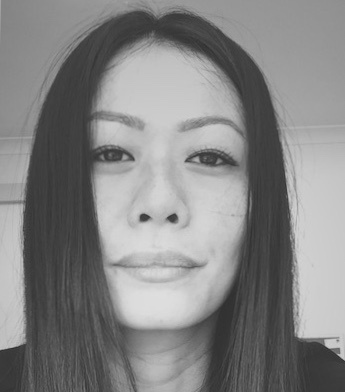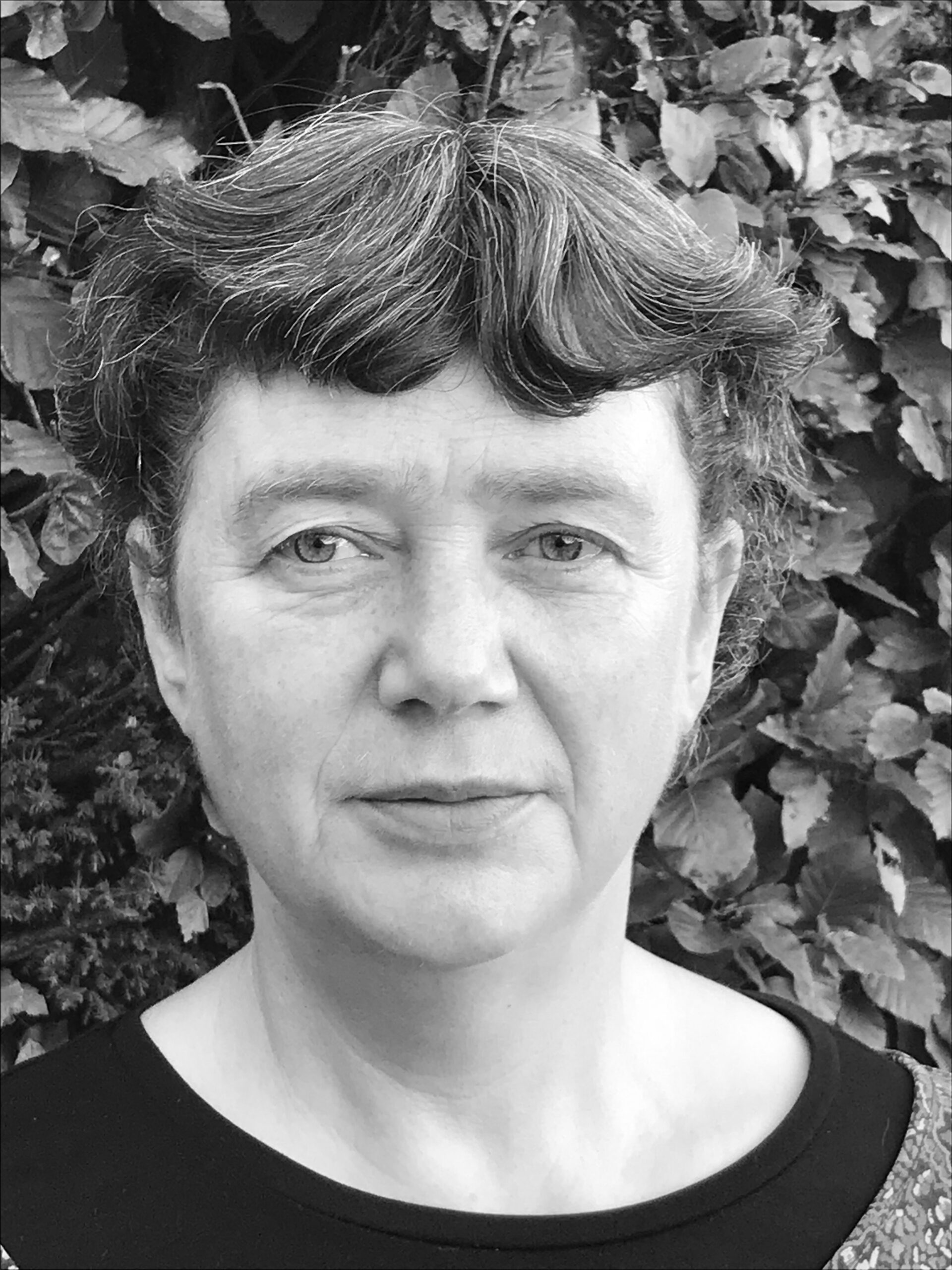
Kate Yee chats with Professor Norah Spears about using Learning Glass technology, provided by the University’s Supported Media Production Studios, to enhance her online teaching. This post is part of May-June’s ‘Hot Topic’ series: “Teaching and Learning during a Pandemic: Lessons and reflections from the last year”.
We have now reached a year of living with the Covid-19 pandemic in our lives, both personal and professional. The move to fully online and hybrid teaching has come with its own set of challenges: how best to deliver content; synchronous versus asynchronous teaching; and – as the months unfolded and we realised working from home is with us for the long haul – the question of whether to invest in quality kit such as webcams and mics.
Equally, it has given academics a chance to innovate how they deliver their teaching content and explore new tools to enhance the learning experience and promote student engagement. But how does this happen during a lockdown where access to regular on-campus services is limited?
One solution provided by Information Services is the Supported Media Production Studios at High School Yards. Opened in July 2020 to support the University’s pivot to hybrid teaching for the academic year 2020/21, the studios offer a variety of different filming options, and is open to all academics across the University as a free, centrally-run service. Learning Glass videos are just one type of video that can be created at the studios, and this teaching tool provides an innovative way of communicating visual ideas whilst continuing to engage directly with your audience.
I recently spoke with Professor Norah Spears – Personal Chair of Reproductive Physiology for the Centre for Discovery Brain Sciences – who has been nominated for the ‘Outstanding Innovation in Digital Teaching’ award, organised by the Edinburgh University Students’ Association, for her use of the Learning Glass to deliver a series of lectures for two courses in Semester 1, 2020.
Kate: What did you use the Learning Glass for?
Norah: I used it for two courses: Biomedical Sciences 2 and Physiology 3, both courses in the Biomedical Teaching Organisation.
Kate: How did it make a difference?
Norah: I felt that it was a more natural way to teach, given that we’re not in the room with the students and it can all seem very remote and impersonal. Mostly, though, I can see from the feedback I’ve had from students that it made a difference to them.
Kate: What was the best thing about using the Learning Glass?
Norah: . . . [I]n the days before Powerpoint, I often used to draw on the blackboard when lecturing, and . . . [I] thought it was a good way to teach. To me, drawing while you teach makes you go at a good speed for the student (a few students mentioned the same point this year). Also, the Learning Glass is quite fun! A nice difference from standing in a room that has no students in it and trying to give your lecture in the usual way.
Kate: Did you get any feedback from your students about the use of the Learning Glass technology?
Norah: I’ve been amazed at the feedback, heard from so many students, and indirectly from the course organisers, the students clearly found it very engaging. Perhaps in part because it was at least a bit different for them, in the midst of a whole semester when they got endless videos of people giving standard lectures with Powerpoint slides. As I mentioned above, a few who I spoke to about it in more detail mentioned that they particularly liked the speed I went at, making it easier for them to follow. And that they thought the setup ‘cool’! And yes, the nomination (I have to say that the idea of me getting nominated for something to do with anything digital would make all the IT people who’ve had to work with me laugh! That is totally down to [the staff at the Supported Media Production Studios]).
You can view the full list of Teaching Awards 21 Roll of Honour nominees here: https://www.eusa.ed.ac.uk/yourvoice/ourwork/teachingawards/rollofhonour/
For more information:
- Supported Media Production Studios webpage: https://www.ed.ac.uk/is/supported-media-production-studios
- Media Production showreel video: Supported Media Production Studios Showreel 2020
 Kate Yee
Kate Yee
Kate Yee is the Media Studio Service Manager and is responsible for operations and strategy of the University’s educational media studios. She joined the University in 2019 and has come from the private sector with over 17 years’ experience in content production and brand management in the fashion, advertising and tech industries. Kate has lived and worked in Australia, Hong Kong, New York, and London for Adidas Originals, Apple and multiple fashion start-ups, along with freelance clients Nikon, Levis, MasterCard, M & C Saatchi, JWT and more. Outside of work, she spends her time travelling, playing the guitar, doing yoga and going to art exhibitions.
 Norah Spears
Norah Spears
Norah Spears is Professor of Reproductive Physiology, working in Biomedical Sciences. Her research investigates how chemotherapy treatment can affect people’s fertility, work that is part of Edinburgh Fertility Preservation, a group of clinicians and scientists in Edinburgh whose work aims to improve the outcome for patients whose treatment may compromise their long-term fertility.. For young people, effects of cancer treatment on fertility are of great concern, yet the primary site of action of chemotherapeutic drugs on the ovary or testis is still unknown, hampering the development of treatments to mitigate these adverse effects. Norah also has a strong interest in equality and diversity issues, including improving the gender balance in STEM subjects at Universities.

